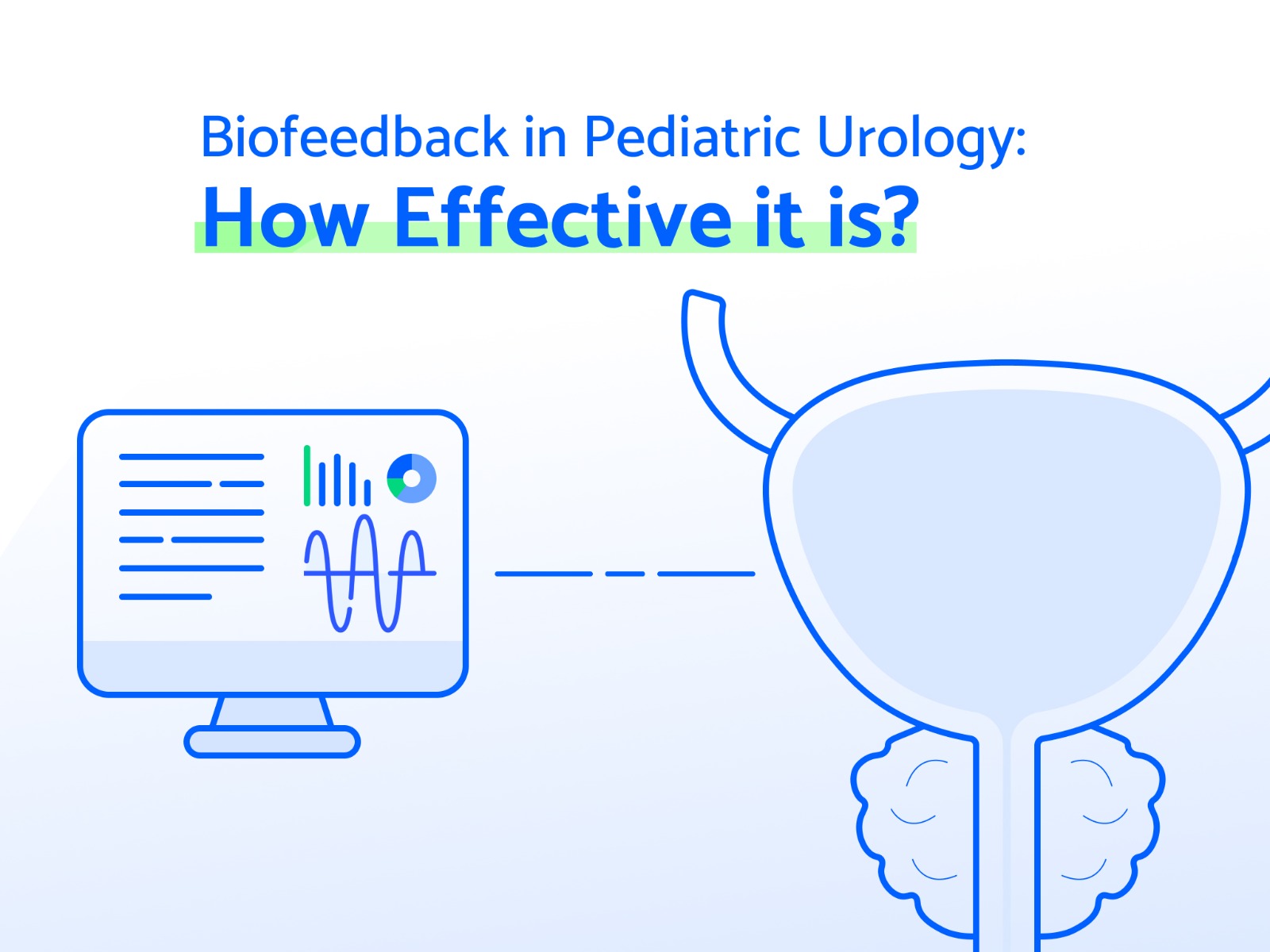Introduction to Biofeedback
Biofeedback is a non-invasive technique that enables individuals to gain greater awareness and control over physiological functions in their bodies. It involves using electronic monitoring to provide information about physiological processes, allowing patients to make conscious changes in real time. In pediatric urology, biofeedback has emerged as a valuable tool in the management of various urological conditions.
Importance in Pediatric Urology
Enuresis and Incontinence Management
One of the primary applications of biofeedback in pediatric urology is in the treatment of enuresis (bedwetting) and urinary incontinence. Many children struggle with these conditions, which can have significant social and psychological impacts. Biofeedback provides a structured approach to retraining the pelvic floor muscles and sphincters, allowing children to regain control over their bladder function.
Voiding Dysfunction
Biofeedback is also effective in addressing voiding dysfunction, a condition where children have difficulty emptying their bladder. Through the use of real-time feedback, children can learn to relax and contract the appropriate muscles, facilitating more efficient voiding.
Postoperative Rehabilitation
After surgical interventions for urological conditions, such as hypospadias repair or bladder augmentation, biofeedback can play a crucial role in the rehabilitation process. It aids in restoring normal voiding patterns and promoting optimal recovery.
Advantages
Non-Invasive and Painless
Biofeedback is a non-invasive procedure that involves attaching sensors to the body’s surface. This eliminates the need for any surgical intervention or discomfort, making it an attractive option for both children and parents.
Customized Treatment Plans
Each child is unique, and their urological condition may require a tailored approach. Biofeedback allows for personalized treatment plans, as the feedback provided is specific to the individual’s physiological responses.
Encourages Active Participation
Biofeedback encourages active participation from the child. They can see their progress in real-time, which can be a motivating factor in their treatment journey. This sense of agency can lead to increased compliance and better outcomes.
Minimizes Reliance on Medications
For conditions like enuresis and urinary incontinence, biofeedback offers an alternative to long-term medication use. By addressing the underlying muscular dysfunction, it provides a sustainable solution without the potential side effects associated with medication.
Disadvantages
Time-Intensive
Biofeedback may require multiple sessions over an extended period for optimal results. This can be demanding for both the child and their parents, potentially leading to issues with compliance.
Not a Universal Solution
While highly effective for many pediatric urological conditions, biofeedback may not be suitable for all cases. Certain complex or rare conditions may necessitate alternative treatment approaches.
Requires Skilled Practitioners
Administering biofeedback requires specialized training and expertise. It is crucial to work with healthcare professionals who are experienced in pediatric urology and proficient in biofeedback techniques.
Recommendations
Multidisciplinary Approach
Incorporating biofeedback into the treatment plan should be part of a comprehensive, multidisciplinary approach. This may involve collaboration between pediatric urologists, physical therapists, psychologists, and other relevant specialists.
Patient and Parent Education
Educating both the child and their parents about the benefits and expectations of biofeedback is essential. This helps in building trust and ensuring active participation in the treatment process.
Consistent Monitoring and Follow-Up
Regular follow-up appointments are crucial to monitor progress and make any necessary adjustments to the treatment plan. This ensures that the child is on track toward achieving optimal bladder function.
Future Prospects
The integration of technology in healthcare continues to advance rapidly. As a result, we can expect even more sophisticated and user-friendly biofeedback systems in the future. These developments may further enhance the effectiveness and accessibility of biofeedback in pediatric urology. In conclusion, biofeedback has proven to be a highly effective tool in the management of various pediatric urological conditions. Its non-invasive nature, customized approach, and ability to empower the child in their treatment journey make it a valuable addition to the arsenal of treatments available. However, it is essential to recognize that biofeedback is most effective when it is part of a comprehensive treatment plan that may include other interventions. With the right expertise and a patient-centered approach, biofeedback can significantly improve the quality of life for children facing urological challenges.





